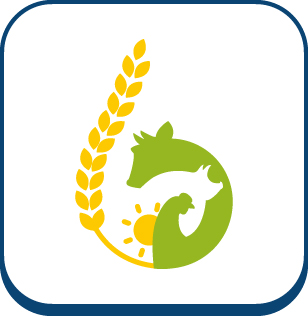This study analyzed individual water and feed consumption related to weight of weaned
piglets and their link to diarrhea. Data were collected from 15 batches of 102 piglets each,
using specific automata (connected feeders, connected drinkers, automatic weighing
stations, RFID ear tags). Analyses were carried out every week on the 138 healthy
animals compared by weight category. The average feed consumption had no significant
difference between weight categories (light, medium, heavy pigs) whatever the week
and was close to 4% of the live weight. For the average water consumption according
to weight, it was close to 10%. There was no significant difference between weight
groups, except at the end of the period, where the variability of one heavy pig was so
high that its own water consumption caused significant difference when compared with
the light group. But these overall stable averages do not highlight the high intra-individual
variabilities, which was around 40% for both water and feed data at the beginning of trial.
At the end, it was almost 16% for feed consumption and 25% for water. The comparison
between healthy and diarrheic piglets showed no statistical difference for average water
consumption on the day of the first clinical signs and even 1 and 2 days before. In
contrast, the average feed consumption had a very significant difference (P ≤ 0.001) for
days 5–7 after the weaning and a significant difference for day 8 (P ≤ 0.05). Differences
were also significant for data 24 and 48 h before first clinical signs. This means either that
diarrheic piglets decrease their feed consumption the first days after weaning or that it
is because they eat less that they become diarrheic. So, the hypothesis was that feed
consumption could be an interesting indicator to detect early sick animals. Nevertheless,
despite this difference, machine learning methods failed in detecting individually diarrheic
animals from water and feed consumption related to weight, because of considerable
individual variability. To improve these results, one solution could be to collect other data
from new sensors like automatic measurement of body temperature or location of piglets
in the pen by image analysis.
Article en accès ouvert disponible ici.
Early detection of diarrhea in weaned piglets from individual feed, water and weighing data
Ajouter à ma liste
Auteurs :
Thomas J, Rousselière Y, Marcon M, Hémonic A
Fiche technique
Titre :
Early detection of diarrhea in weaned piglets from individual feed, water and weighing data
Date sortie / parution :
2021
Référence :
Frontiers in animal science, août 2021, volume 2, article 688902











